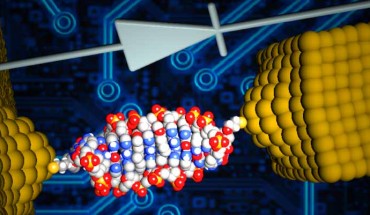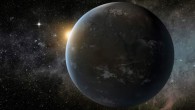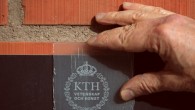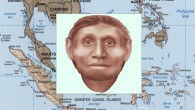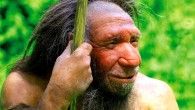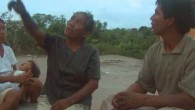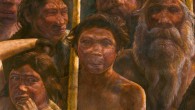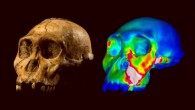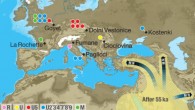A single-molecule diode, the world’s smallest, has been created by a team of researchers from Ben-Gurion University of the Negev and the University of Georgia. The team’s study was published online April 4 in the journal Nature Chemistry. Scientists inserted a small molecule named coralyne into the DNA and were able to create a single-molecule diode, which can be used as an active element in future nanoscale circuits. Image credit: University...

